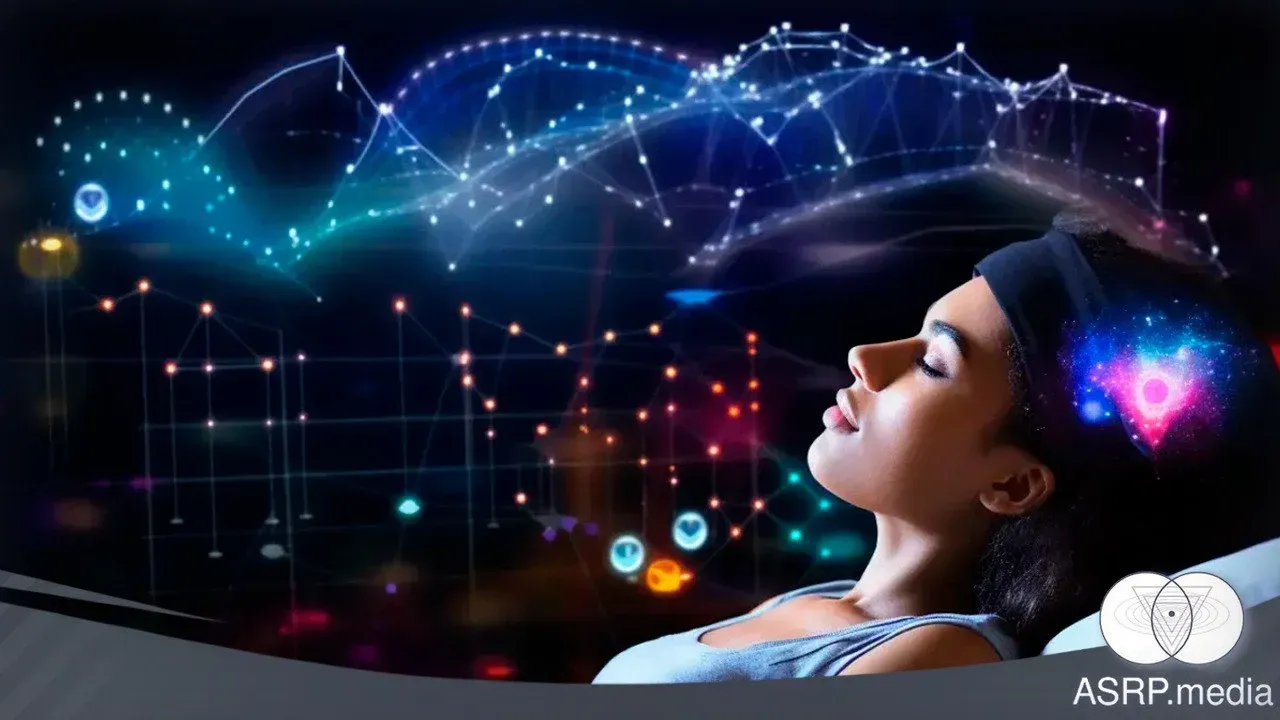Free access
Lucid Dreams: Neurophysiological Research Methods.
Explore the latest techniques in neurophysiology to understand and induce lucid dreams, revealing new insights into consciousness and mental health.
Number of views197
reads174 reads

You might also like

A chance shared dream led to a unique study of lucid dreaming. The personal story of Professor V. B. Dorokhov, a member of the Russian Academy of Sciences.
A shared dream unexpectedly led to groundbreaking research in lucid dreaming. Professor V. B. Dorokhov shares his personal journey into this unique study.
likes0
comments0
shows0
reads0 reads

Cybernetics, space, and microflora. Professor Samuel Gorelik on studying sleep physiology using mathematical models.
Professor Samuel Gorelik explores the intersection of cybernetics, space, and microflora in sleep physiology, using mathematical models to deepen our understanding of these connections.
likes0
comments0
shows0
reads0 reads

Dream Dictionary of the 21st Century: Artificial Intelligence and Dream Interpretation. How AI reveals the meaning of dreams and changes the concept of 'Dream Journal'
likes0
comments0
shows0
reads0 reads
Please subscribe to comment, or Log in if you already have a subscription.
